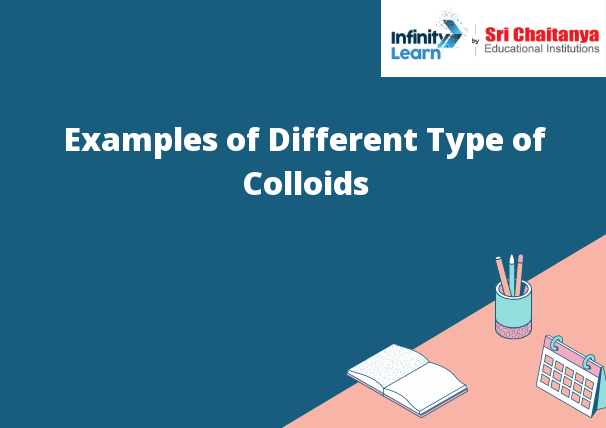Table of Contents
What is a Colloid?
A colloid is a substance that is composed of small particles that are dispersed evenly throughout another substance. The small particles in a colloid are typically less than 1 micrometer in size. There are three different types of colloidal systems: suspensions, emulsions, and sols.
Suspensions are colloidal systems in which the small particles are dispersed in a liquid. Emulsions are colloidal systems in which the small particles are dispersed in a solid. Sols are colloidal systems in which the small particles are dispersed in a gas.
The different types of colloidal systems have different properties. For example, suspensions are usually opaque, while emulsions and sols are usually transparent. Suspensions are also usually less stable than emulsions and sols.
The different types of colloidal systems are important to study because they have many applications. For example, suspensions are used in paints and ink, emulsions are used in cosmetics and in food processing, and sols are used in air filters.

1. Multi-molecular Colloids
Multi-molecular colloids are suspensions of particles that are each made up of multiple molecules. In general, these suspensions are stable and do not settle out over time. This is because the individual molecules are too small to clump together and form larger particles that would precipitate out of the suspension. Additionally, the molecules are usually electrostatically attracted to one another, meaning that they will not easily separate from one another.
Some common examples of multi-molecular colloids include milk, fog, and smoke. In each case, the individual particles are too small to be seen with the naked eye and are held in suspension by electrostatic forces. Milk is a particularly interesting example, as the individual milk proteins are able to form large, stable colloids that do not settle out over time. This is what gives milk its characteristic white color and creamy texture.
2. Macromolecular Colloids
Macromolecular colloids are suspensions of large molecules, or macromolecules, in a liquid. The macromolecules can be proteins, nucleic acids, or polysaccharides. The size of the macromolecules in a colloid can range from several hundred to several thousand times the size of the molecules in a typical liquid.
The large size of the macromolecules in a colloid gives them a high viscosity. This means that they resist flow and tend to form clumps or aggregates. The clumps or aggregates can be so large that they can be seen with the naked eye. This is why macromolecular colloids are also called suspensions or dispersions.
The high viscosity of a macromolecular colloid can be a problem because it can make it difficult to pour the liquid and it can also make it difficult to mix the liquid with other substances.
3. Associated Colloids
Associated colloids are those that are not dissolved in a solvent, but are instead held together by forces of attraction between the particles. The most common associated colloid is gelatin, which is made from the protein collagen extracted from animal skins, bones, and connective tissues. When gelatin is dissolved in cold water, the individual protein molecules aggregate into long, thin fibrils. These fibrils associate with one another to form small, sticky clusters that are the basic unit of gelatin.







